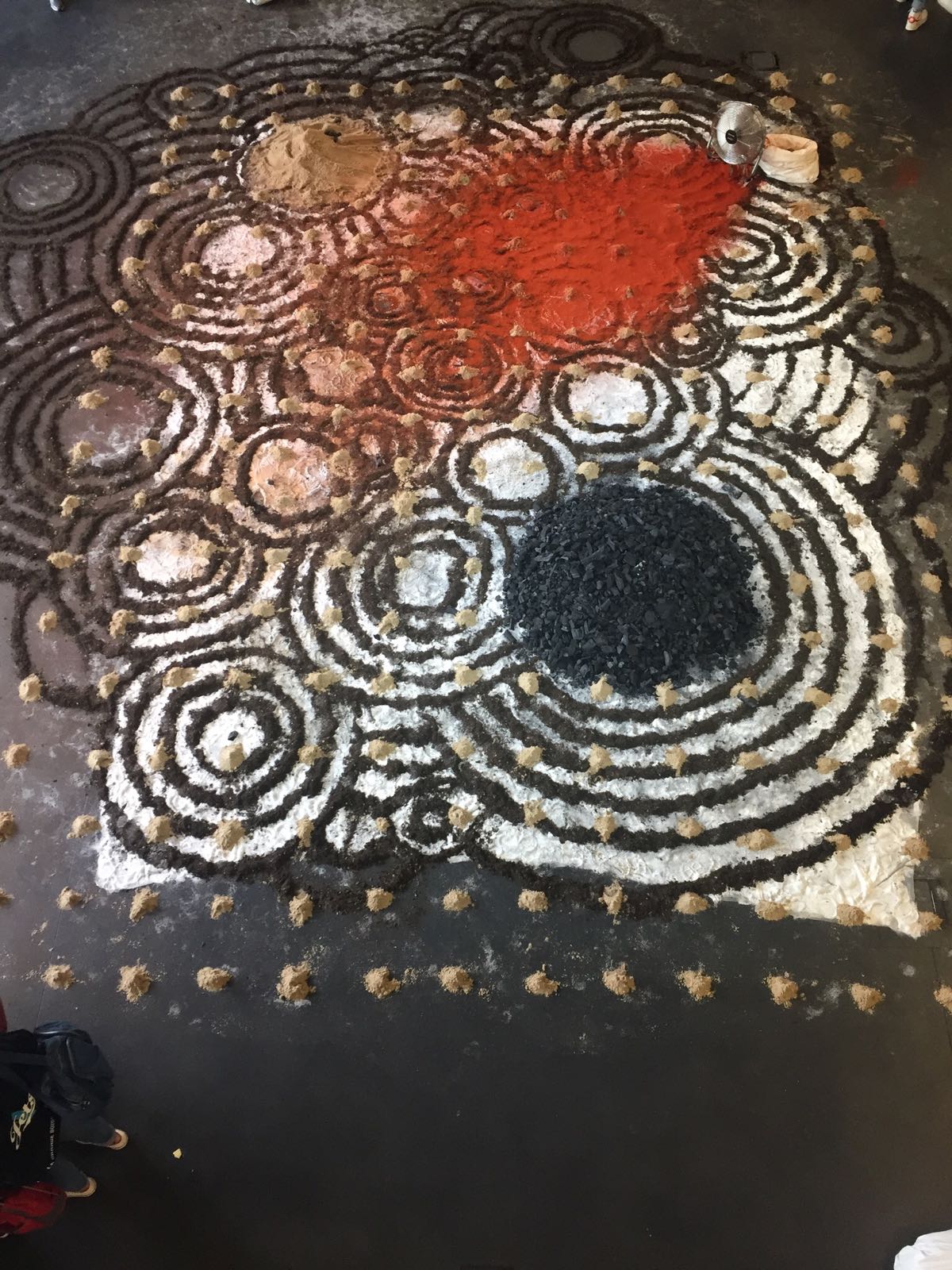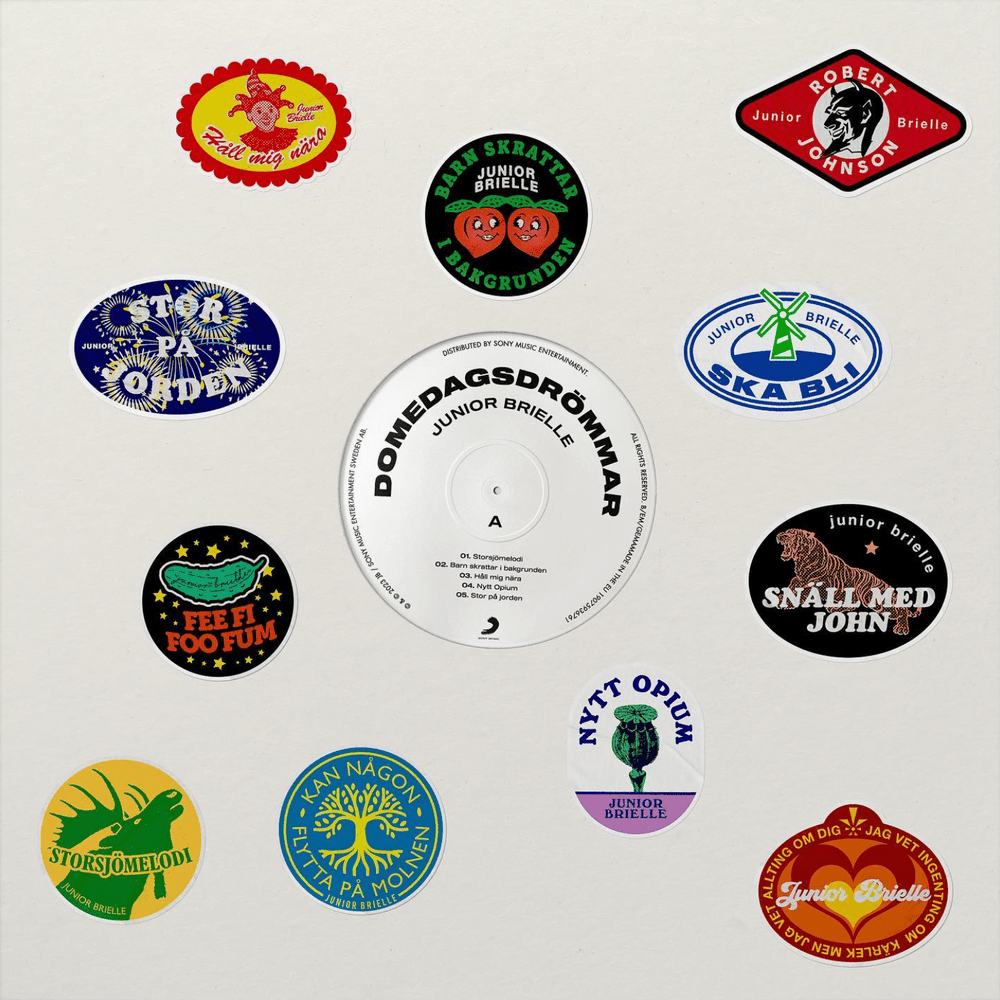By Sarah Odelé-Gruau Molero
You have probably already heard about performance art, if not, you have probably already seen it. This movement has been shaping and changing the art world for the last 100 years.
Performance art is a combination of visual art and a performance where the artist uses his or her own body to make art. In the 1960s, during the fall of Modernism and Abstract Expressionism, performance art was thriving. Its goal was (and still is) to challenge what we consider the normal, traditional, and conservative forms of visual art such as painting and sculpture. This form of art can also be seen as ephemeral art. Because of its short life and constant change, every second of every performance is unique. To find new types of audiences, artists have turned to performance art and experimented new ideas involving movements such as Dada, Futurism, Body Art, etc…
The second wave of feminism made its way into performance art around 1964 when, in order to make their voices heard, women chose to perform. They used their body as a medium to express themselves on topics such as women’s stereotypes, violence against women, and identity. Performance art drastically shaped the discourse on feminist art.
Performance art is highly publicized and criticized because it can be seen as provocative and controversial. Most of the time, this happens over a dispute on censorship and standards of public decency. Performance art can seem boring, weird, or funny. It involves topics such as our physical and psychological needs, human interaction, our fears, our concerns about life. It often forces us to think of the the future, about the world we live in, and about issues that in a way can be disturbing and uncomfortable to some. It also makes us think about the absurdities in life and human behavior.
So can anything be considered performance art? This form of art is unlimited in media and expressions. The only thing standing in its way is its audience’s recognition.
On October 10th, we had the opportunity to experience performance art in the Centre des Arts.



